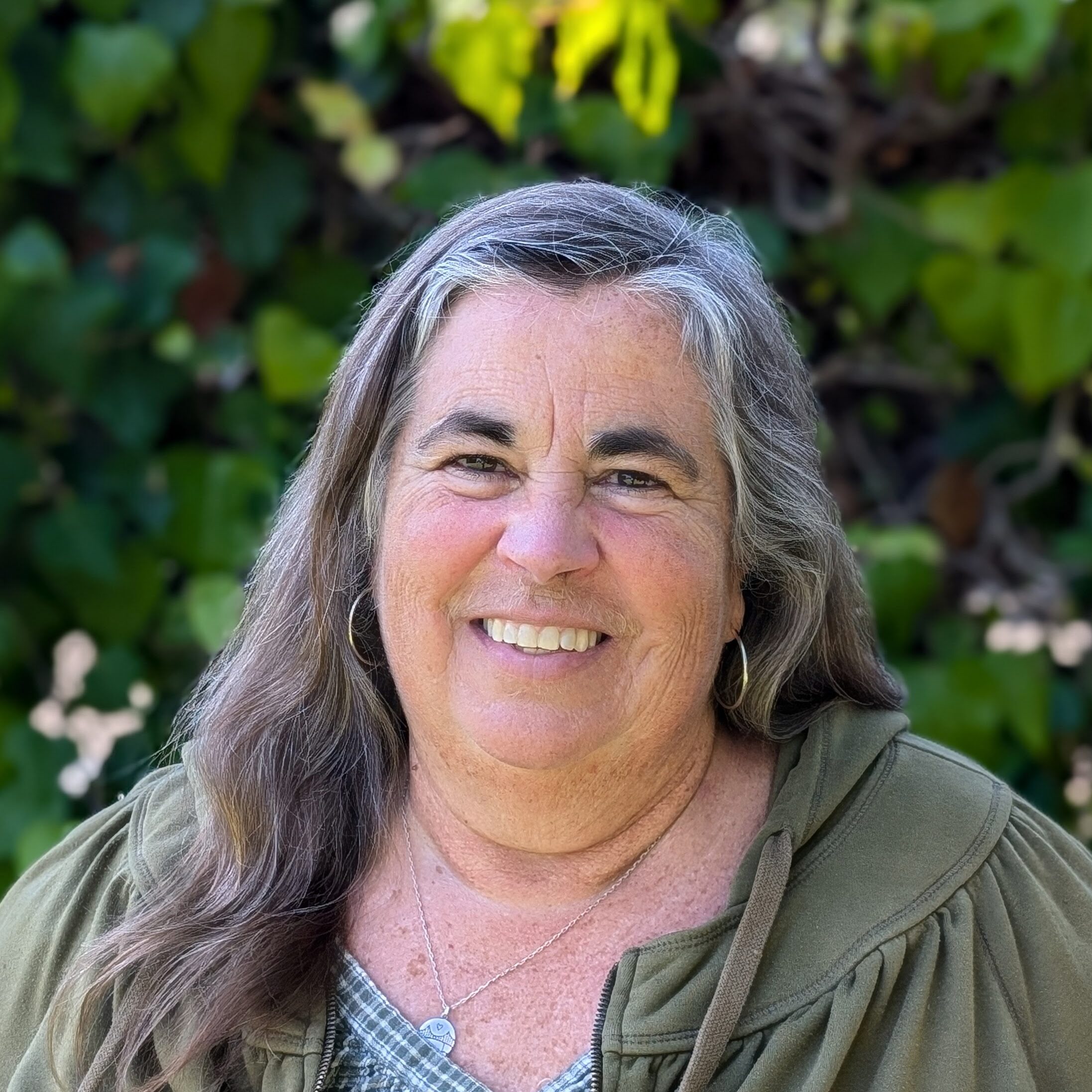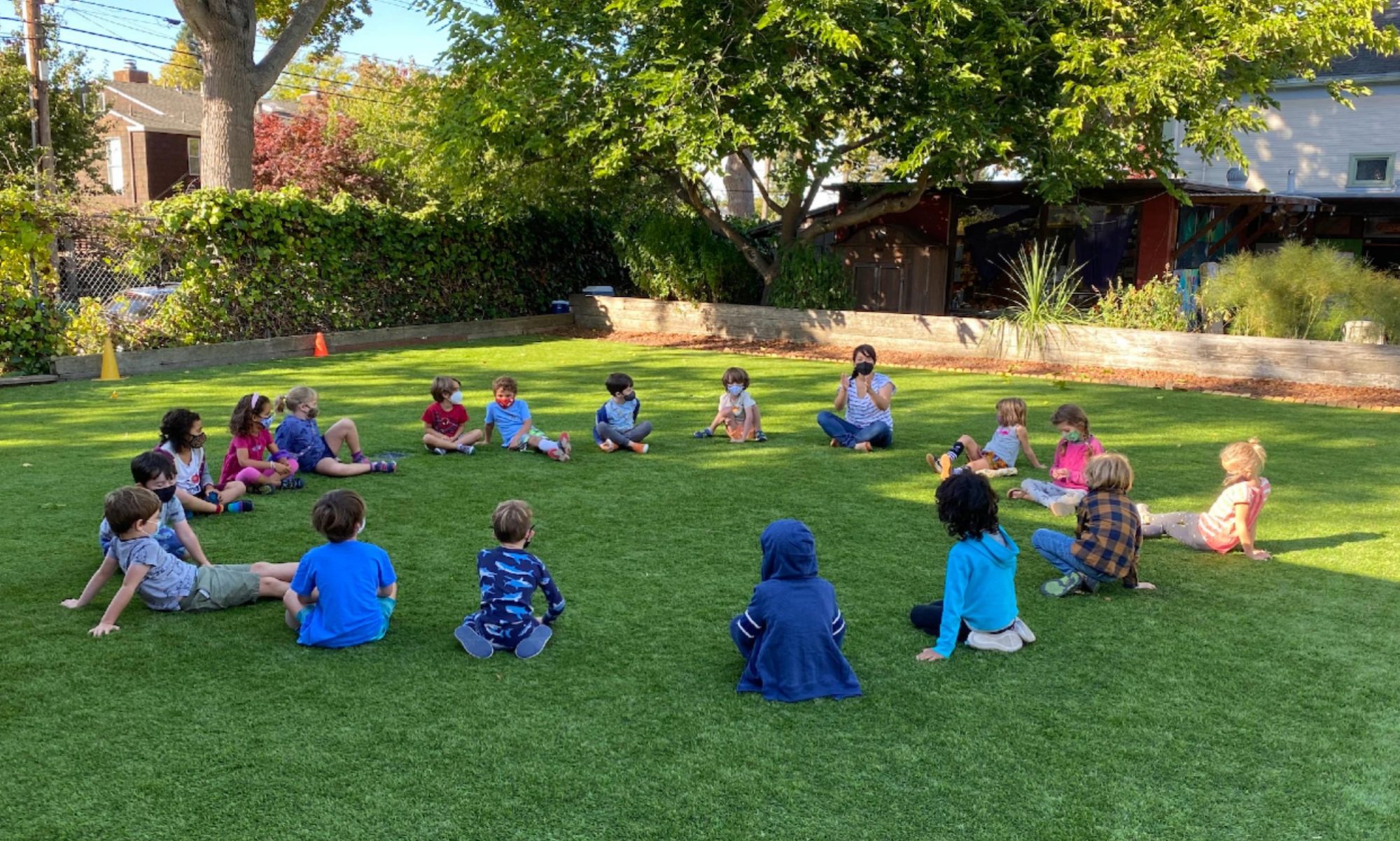Contact
Teachers and Staff
The Collective
Walden Foundation
Mission and Philosophy
History
Hiring
Testimonials
VISUAL ART

Julianne Hughes began her teaching journey in elementary school, sharing her love of making with friends long before she had a formal classroom. This early impulse to guide others in creative expression has evolved into a nearly three-decade-long career dedicated to empowering young people through art.
Her teaching arc centers on the belief that materials and processes offer students an alternate language—one rooted in making, observing, and reflecting. Through structured thinking routines and mindfulness practices, Julianne invites students to slow down, look closely, and build a vocabulary of curiosity, empathy, and self-expression.
A passionate advocate for lifelong learning, Julianne’s work draws from a rich foundation of progressive education frameworks including Reggio Emilia, Montessori, and Harvard’s Project Zero—where she was a Fellow in 2011. She is deeply influenced by the principles of Culturally Responsive Teaching and the Brain by Zaretta Hammond, weaving social justice into her practice by helping students find their voice through creative processes.
In 2018, Julianne guided her 4th and 5th grade students in designing lawn signs to raise awareness about civic issues important to them. This project led to a meaningful connection with For Freedoms, a nonpartisan, artist-led organization focused on civic engagement through creativity. In March 2020, just two weeks before the global pandemic shutdown, she was invited to participate in the For Freedoms Congress in Los Angeles—an affirmation of her role in the field of social practice and art-driven activism.
Julianne is committed to redefining the role of art in education—not simply as a subject, but as a dynamic platform for communication, collaboration, and social impact. Over the course of her career, in addition to hands on art studio teaching practice, she has curated and mounted 17 all-school art exhibitions from early childhood through 8th grade, challenging conventional gallery formats to better reflect student voice and process.
In her studio practice, she explores the relationship between material, memory, and meaning through layered, process-driven works. She is drawn to art-making traditions historically rooted in the domestic—sewing, weaving, cutting, collecting—as well as the bold visual language of Pop Art, the dimensionality of assemblage, and the symbolic vocabulary of artists like Jasper Johns, all of which inform her belief in creating objects that together form immersive environments that foster exploration and joy.
At the heart of Julianne’s work is the joy of making—an enduring invitation to engage, imagine, and connect.

